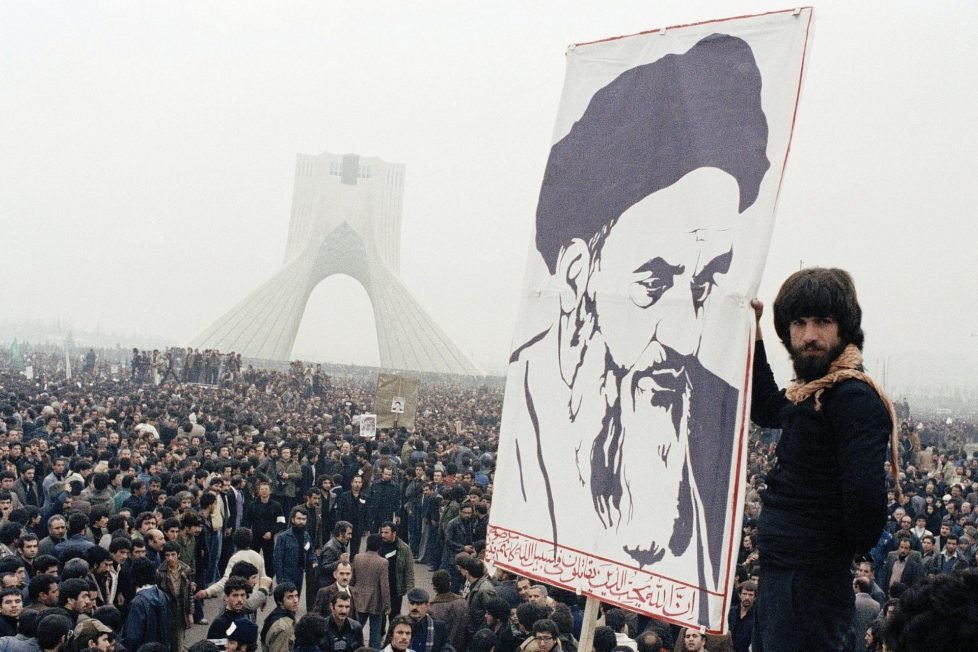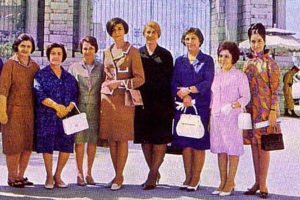Iranian revolution : Impact on Iranian women


Amid the protest of Iranian women against the hijab and the dress code imposed by the conservative Iranian regime has been criticized widely. As the news of the death of Mahsa Amini spread like fire online and the impact can be seen globally, the life of an Iranian woman pre and post-Iranian revolution is again in discussion.
Iranian Revolution, also known as the Islamic Revolution or Enqelb-e Islam in Persian took place in 1978–1979 and resulted in the overthrow of the Shah on February 11 and the formation of an Islamic republic.
Reza Shah Pahlavi who was chosen as a monarch in 1921 with the help of the UK, was forced into exile in 1941 by the U.K. and Russia, and his son Mohammad Reza Pahlavi assumed the throne. The U.S. Central Intelligence Agency (CIA) and the U.K. Secret Intelligence Service (MI6) planned a coup against Mohammad Mosaddegh’s administration in 1953, while the two men were engaged in a power struggle.
Years later, Mohammad Reza Shah dissolved the parliament and began his aggressive modernization program, the White Revolution. This program upended the wealth and power of clerics and landowners, disrupted rural economies, sped up the process of urbanization and Westernization, and raised questions about democracy and human rights. With westernization, Iranian women were living a liberal life. Their speech, thoughts, and actions were appreciated everywhere.

Although it was financially successful, gains were not equally dispersed. When global monetary instability and changes in Western oil consumption gravely threatened the nation’s economy, which was still heavily focused on high-cost projects and programs, opposition to the shah’s policies was amplified in the 1970s.
In the 1970s, the shah’s dictatorship expanded sociopolitical repression in conjunction with the country’s rising economic problems. The National Front (a loose combination of nationalists, clerics, and non-communist left-wing groups), as well as the pro-Soviet Tdeh Party, were sidelined or outlawed, and there were few opportunities for political participation. As well as frequent illegal incarceration and torture, social and political dissent was frequently greeted with censorship, monitoring, or harassment.
For the first time in more than 50 years, the secular intellectuals gave up their goal of weakening the influence and power of the Shia ulama (religious scholars), many of whom were drawn to the populist appeal of Ayatollah Ruhollah Khomeini, a former professor of philosophy in Qom who had been exiled in 1964 after speaking out strongly against the shah’s reform program.
In this setting, the ulama joined the National Front, the Tdeh Party, and their other offshoot organizations in vocally opposing the shah’s government. While in exile, Khomeini continued to preach against the Pahlavi dictatorship, charging Shah with irreligion and servitude to foreign powers. During the 1970s, as more and more unemployed and working-poor Iranians turned to the ulama for guidance, thousands of tapes and print copies of Khomeini’s speeches were smuggled back into Iran. The Shah’s reliance on the United States, his close links with Israel (which was at the time engaged in protracted wars with the majority-Muslim Arab states), and his regime’s ill-advised economic policies all served to benefit the United States.
From the outside, Iran appeared to be doing well, with an economy that was developing quickly and an infrastructure that was modernizing quickly. Iran, which was modernized from a traditional, conservative, rural society to a modern, industrial, and metropolitan one in little more than a generation faced protests in 1978 alleging corruption in the Shah’s regime.
Thousands of teenage madrasah (religious school) students protested in the streets in January 1978 after reading what they deemed to be defamatory remarks about Khomeini in the Belt, a Tehran daily. Thousands of additional Iranian youngsters, the majority of whom were from the countryside joined them in denouncing the excesses of the dictatorship. Weakened by disease and astonished by the sudden outpouring of anger against him, the shah wavered between giving in and repressing the protests, believing they were the result of a global plot to overthrow him. In anti-regime rallies, the government used force and killed numerous individuals, which only served to inflame the violence in a Shi’i country where martyrdom played a crucial role in religious expression.
Following the deaths, protests were held to mark the traditional Shiite 40-day mark of mourning. At these events, more people were killed, advancing the relationship between death and protest.
Consequently, despite all government efforts, a cycle of violence started in which each death sparked more protest, and all protest—from the secular left and religious right—was subsumed under the cloak of Shi’i Islam and crowned by the revolutionary rallying cry All-hu-Akbar (“God is great”), which could be heard at protests and which issued from the rooftops in the evenings.
The unrest and violence grew more violent. Government employees started to strike a few weeks later. Oil workers also went on strike on October 31, which shut down the entire oil sector. As protests grew, hundreds of thousands of people in Tehran alone flocked to the streets on December 10.
Shah and his family left Iran in January 1979 during what was ostensibly a “vacation.” The Regency Council, which was created to govern the nation while the king was away, proved ineffective, and Shahpur Bakhtiar, the shah’s hastily chosen prime minister before leaving, was unable to reach a compromise with either his former National Front allies or Khomeini.
Khomeini landed in Iran on February 1 to a raucous celebration. The shah’s regime was effectively overthrown ten days later, on February 11, when Iran’s armed forces announced their neutrality. After hiding out, Bakhtiar eventually found exile in France.
Iran became an Islamic republic on April 1 after receiving resounding support in a national vote. As a result of the Islamic revolution, the Family Protection Act (1967; significantly amended in 1975), which extended additional protections and rights to women in marriage, was declared invalid. As a result, the age of marriage of girl child was reduced to 9 from 18. A strict dress code was imposed on them and they had to cover themselves from head to toe.
The revolutionary bands based in mosques known as komtehs (Persian: “committees”) patrolled the streets, enforcing Islamic dress and behavior codes and administering impromptu justice to those who were seen as the revolution’s foes. The level of brutality and violence was frequently higher than it had been throughout the Shah’s reign.
Elites with Western education fled the nation as a result of the militias’ and the clerics’ relentless efforts to stifle Western cultural influence. The Iranian demonstrators who demanded the extradition of the shah, who was at the time receiving medical treatment in the United States, eventually made this anti-Western feeling explicit when they took 66 hostages at the American embassy in November 1979 (Iran hostage crisis). Khomeini’s supporters could assert their “anti-imperialist” credentials alongside the political left. This finally enabled them to repress the majority of the regime’s liberal and moderate critics.
The next month, a new constitution was offered to vote by the Assembly of Experts (Majles-e Khobregn), which was predominantly comprised of the clergy. The new constitution gave the rahbar, or leader—Khomeini the first rahbar—vast powers and established a religious administration based on his idea of velyat-e faqh (Persian: “rule of the jurist”). Conservatives in the government gradually removed moderates who opposed holding the hostages from office.
DISCLAIMER: The author is solely responsible for the views expressed in this article. The author carries the responsibility for citing and/or licensing of images utilized within the text.
